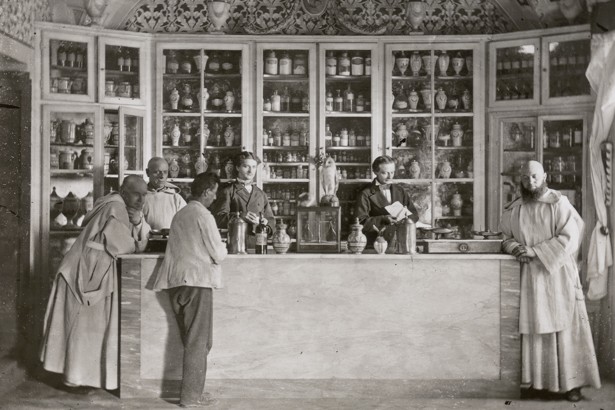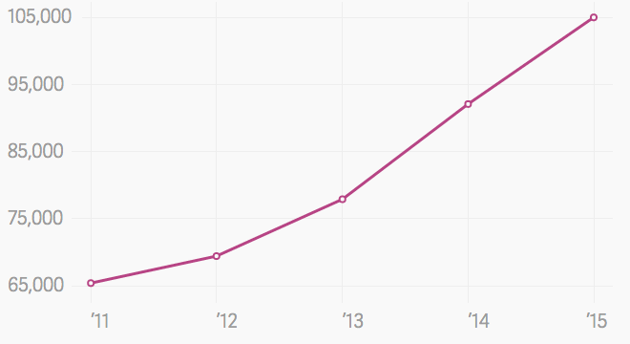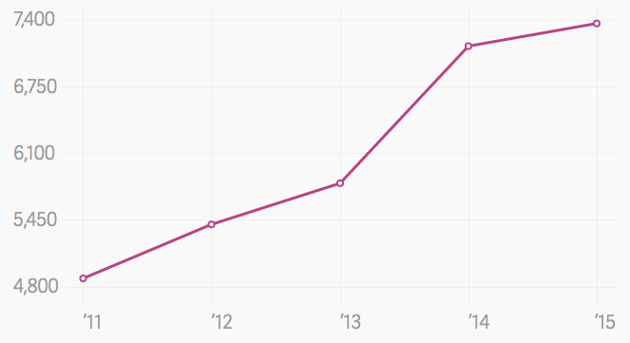OF THE
TIMES
A nation that continues year after year to spend more money on military defense than on programs of social uplift is approaching spiritual doom.
I will repeat myself here again. The "current financial situation" is a "resource situation". A resource situation is a re-source situation,...
Sanity? Not really. Declaring a mistrial simply means that the prosecution can begin a new trial against him on the exact same charges. A new...
The greed and hubris of our western leaders is going to kill our economies, which have been in recession since 2008. When the shit finally hits...
There is a theory that the Voyager 1 & 2 were sent out into space to find and track Planet X. A very recent report says they may well have...
SBCTry transcendental meditation or Raja yoga (yoga of wisdom). Either will teach you how to understand the inner conciousness. The role of the...
To submit an article for publication, see our Submission Guidelines
Reader comments do not necessarily reflect the views of the volunteers, editors, and directors of SOTT.net or the Quantum Future Group.
Some icons on this site were created by: Afterglow, Aha-Soft, AntialiasFactory, artdesigner.lv, Artura, DailyOverview, Everaldo, GraphicsFuel, IconFactory, Iconka, IconShock, Icons-Land, i-love-icons, KDE-look.org, Klukeart, mugenb16, Map Icons Collection, PetshopBoxStudio, VisualPharm, wbeiruti, WebIconset
Powered by PikaJS 🐁 and In·Site
Original content © 2002-2024 by Sott.net/Signs of the Times. See: FAIR USE NOTICE



Reader Comments
And I'm no commie socialist
The top heavy thing hasn't worked out.
What logic in giving so much to so few.Not enough spenders duh.
Too many chiefs,and not enough workers.
Production vs accountancy.Hands on producers earn less than administrators.
Can't buy food or goods from clerical,
but somehow there value is more valuable ? Phhtttt.
Wheres all that darned tax money disappearing to.Its sick.